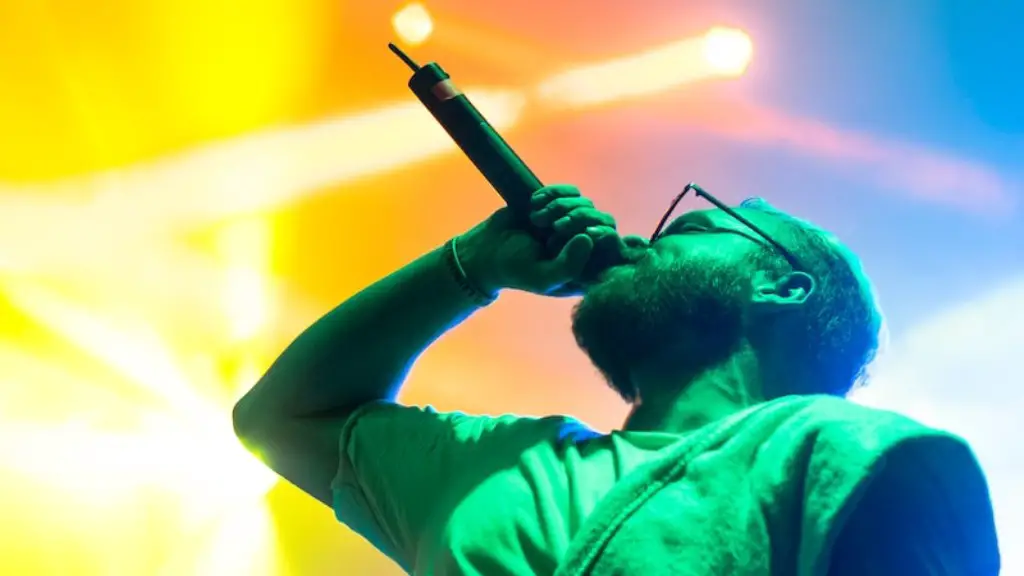Just like a professional painter, do you have an itch to draw a perfect portrait of a face? Have you always been envious of those sketch artists who make seemingly complex topics look effortless? Well, if you’re looking to get creative and sharpen your talent – drawing a face in proportion is the perfect place to start.
First things first, you need to take special notice when it comes to measuring. Whether it’s with your phone, traditonal ruler, or a specialised drawing ruler– it is essential you get the dimensions for everything spot on. Creating your outlines with a pencil will make it much simpler to erase and adjust until it’s just right.
Most faces will have the same basic structure – an oval. And this is your foundation when beginning to draw. Most people can see similarities in somebody’s features within the scope of that oval – like their forehead, eyes, nose and chin. Once you have the oval, sketch vertically and horizontally to match the individual’s proportions.
The shape and measurements of the eyes tell a lot about a person no matter their age. The best way to draw perfect eyes is to use simple circles that touch the sides of the oval. After that, you can add eyelids and eyebrows. Eyebrows themselves can be drawn using small curved lines. With noses, you can either use a curved line or draw separate nostrils.
The details around the mouth will totally depend on the expression you’re trying to capture. If the face is relatively neutral, you should draw an upside-down U with a few curved lines for the lips. The last major feature to tackle is the ears. Though they aren’t always the first thing people will notice, they will definitely spot them if not placed in the correct spot.
Once you’re comfortable with the basics, it’s time to start playing around. Everyone has a different shaped jaw, forehead, chin and eyes. Don’t be afraid to add more details to make your artwork unique. From simple lines indicating cheekbones or freckles, to shading and contouring to give the face more depth.
If you really want to make your work stand out, experiment with perspective. Compare your drawing with photos to see how the features change depending on the viewpoint and lighting. For example, if the person’s head is tilted at an angle, you’ll have to adjust the size and distance of the eyes, as well as the nose.
Understanding how lighting affects the way a face looks can also take your skills to the next level. Lighting influences how the shadows appear, and how prominent and smooth the contours appear. With light comes the opportunity to use highlights – part of why painting faces looks so lifelike!
When you’re getting ready to add colour, consider the skin type first. Have they gone through a sunburn recently, or do they have a light complexion? Also, eye colour can be tricky to get right. Experiment with the lighter shades in the beginning until you find the right one.
Finally, like most things, it all comes down to practice. Don’t get discouraged if your same face keeps on looking different every time. Be observant of others’ features – analyze and practice. Thinking responsibly and with correct proportions, as well as paying attention to the smaller details, will go a long way in improving your sketches.
